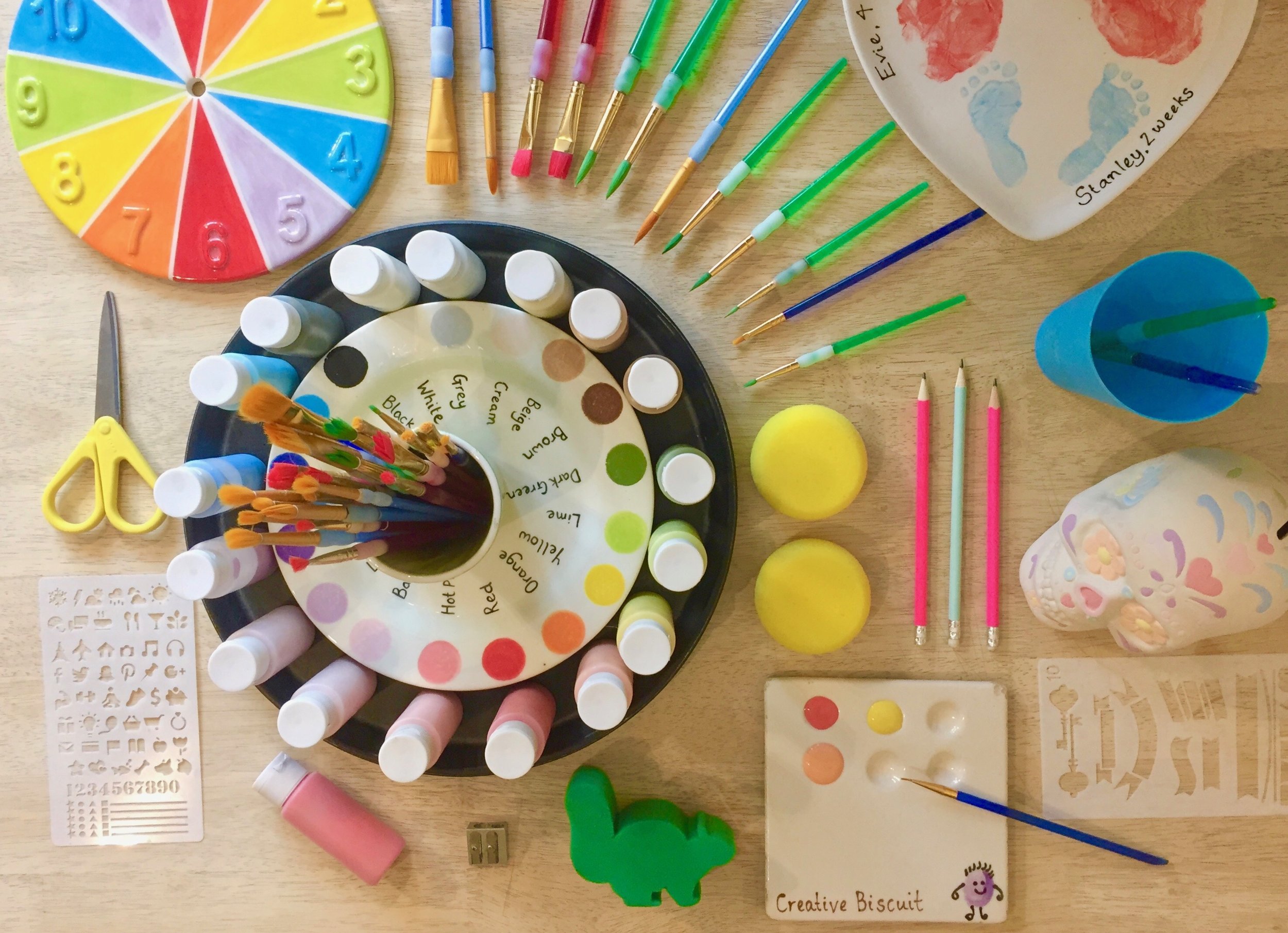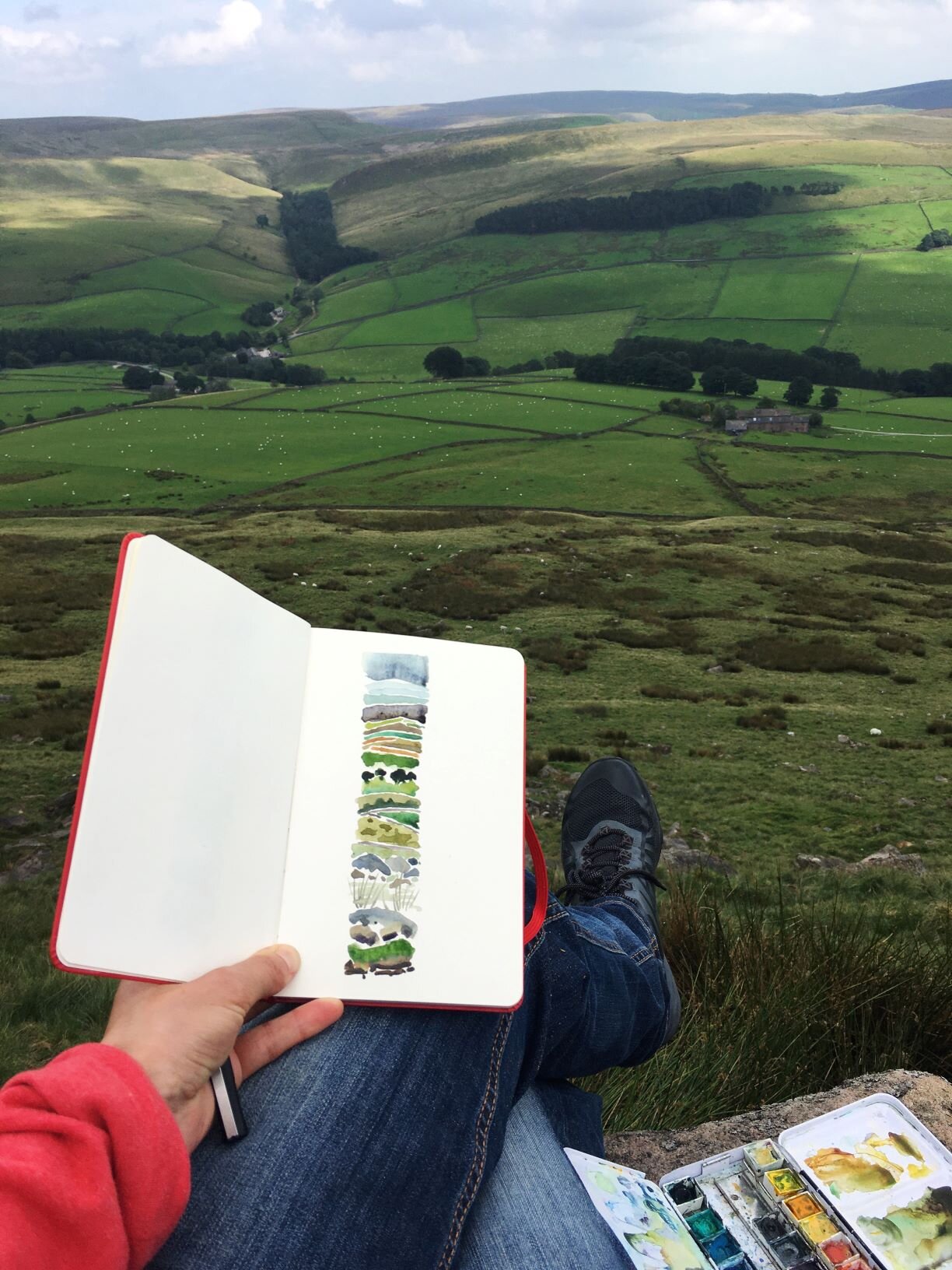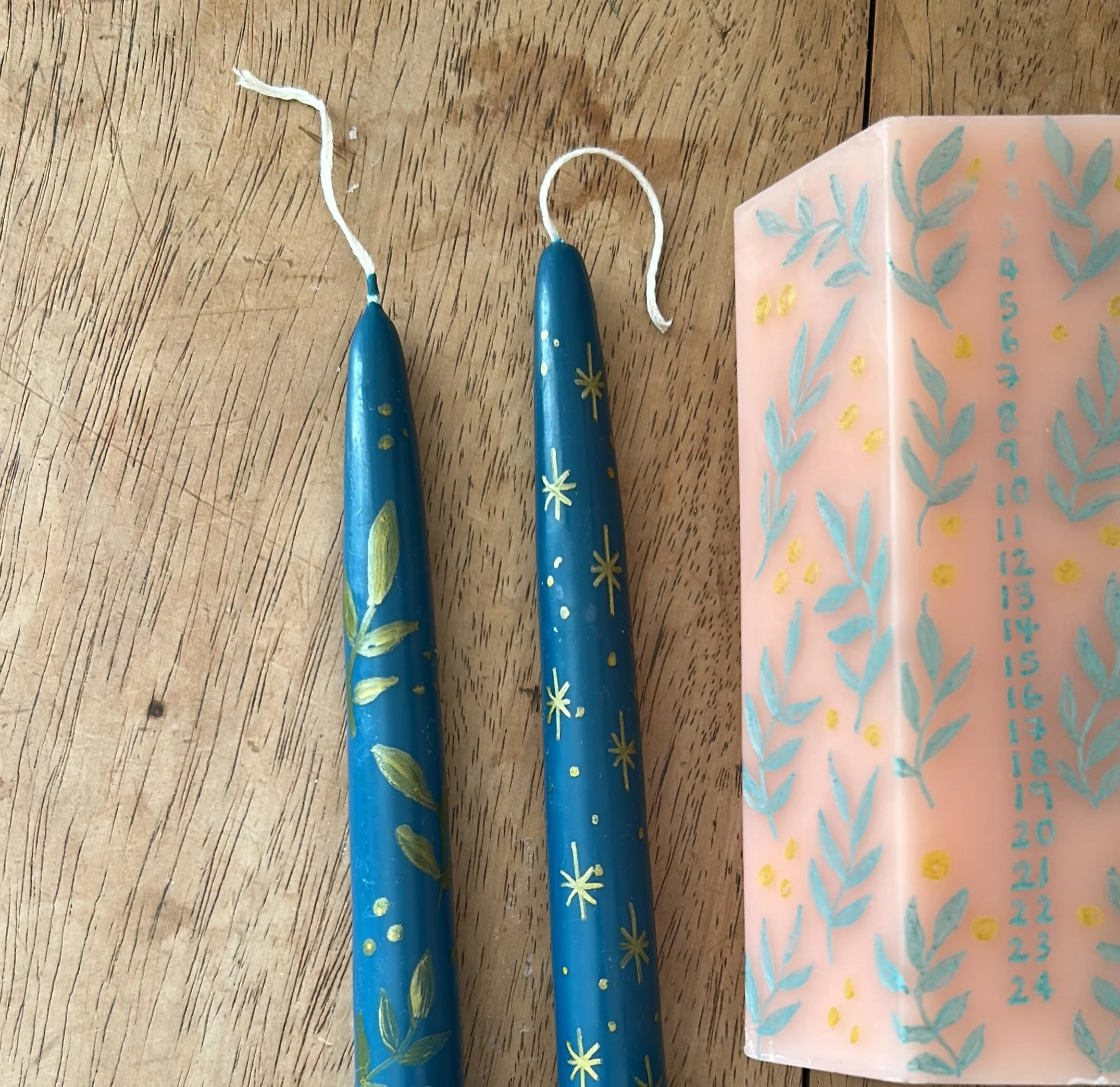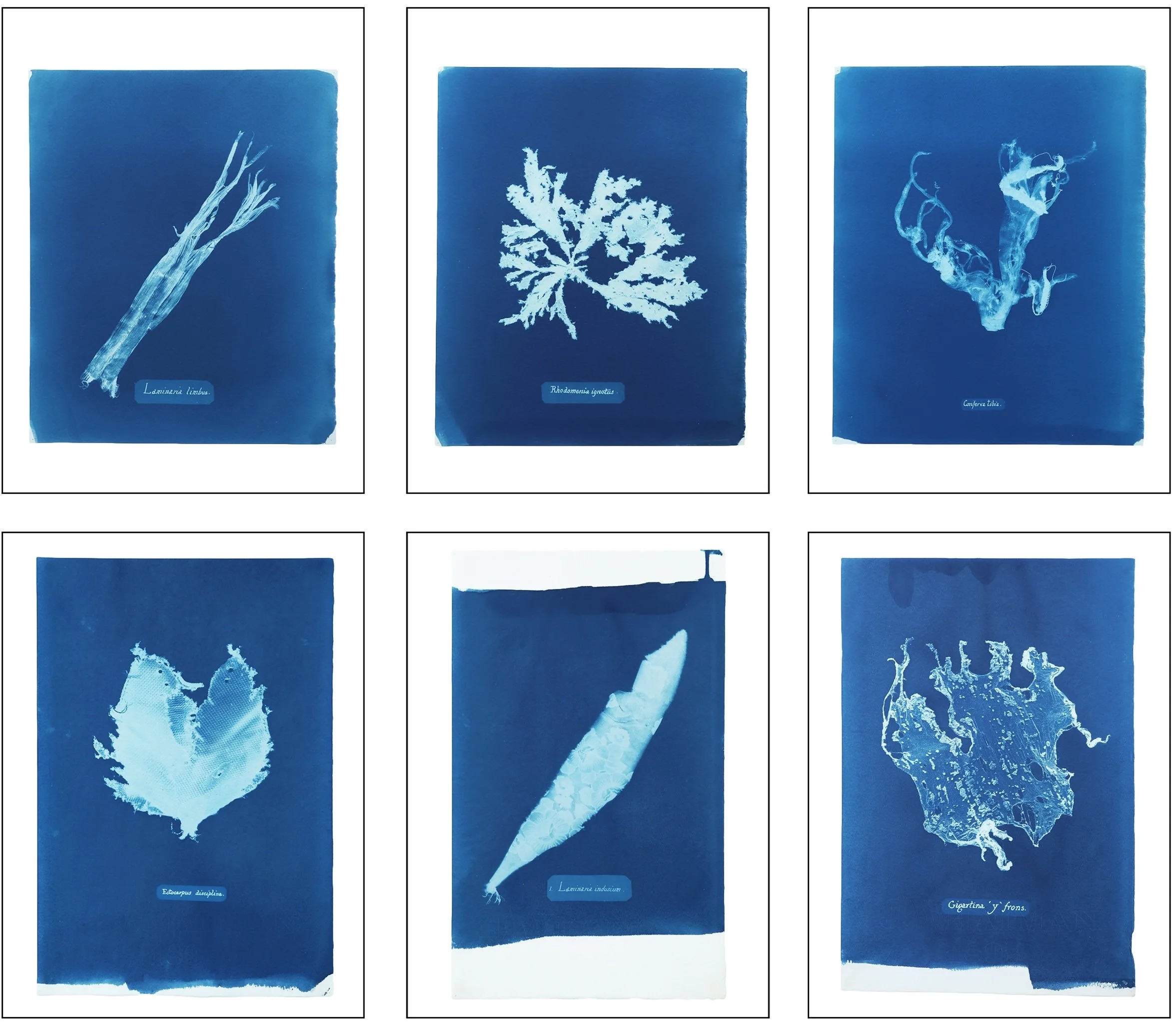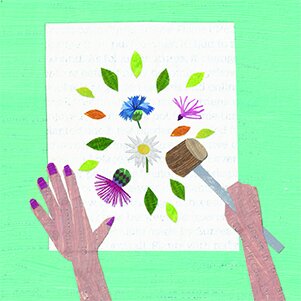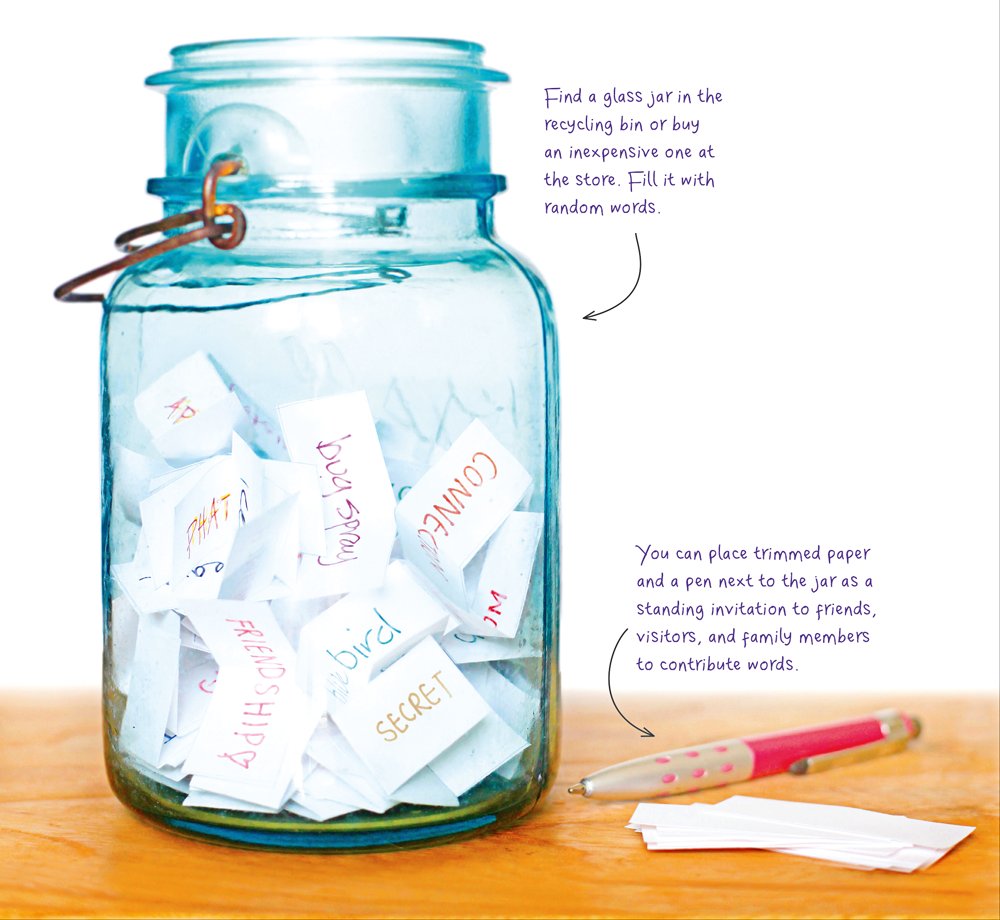Whether you’re planning a quiet afternoon painting a mug or a get-together with a gang of friends painting plates over a few cuppas in your local pottery cafe, a blank canvas can be a bit overwhelming, especially if you’re no Van Gogh. We asked Karen Dunn, owner of ceramics cafe Creative Biscuit, for her best tips for no-fail designs - even if you struggle to draw a stick man
Patterns – If you don’t think you can draw go for patterns instead. Spots, stripes, a scalloped edge, simple shapes and patterns in bold colours always look great.
Sponges – Go full Emma Bridgewater and use shaped sponges to decorate your ceramics. As above you can use simple shapes such as circles or squares or use a shaped sponge such as a leaf or a heart. Dip the sponge in paint and make sure you fully soak up the paint to get an even print.
Tape – You can use masking tape or similar to create a pattern on ceramic, as wherever you place tape will remain white. Paint over the top and then using a pin to find the end of the tape, pull the tape off to reveal your white pattern underneath – plus the peeling is very satisfying.
Tracing – Copy a picture onto ceramic by taking your drawing or a print out of an image you would like to copy on paper and on the reverse side coat the back of the image with a soft pencil, covering the area in graphite. Next turn it over so the pencil is facing the ceramic and trace over the top of the picture with a ball point pen or similar to transfer the image to ceramic. Note: Pencil burns away in the kiln so make sure you paint everything you want to see when it comes out of the kiln.
Scratching – Like the pottery technique sgraffito, you can create scratched patterns in your underglaze paint. Make sure you put three good layers of paint on your ceramic then using a skewer or anything with a sharp tip to scratch out your pattern.
Bubble painting – A bubble pattern on ceramics looks impressive but is very easy to create. Get some washing up liquid, plus a little bit of water and a lot of the underglaze paint in the colour you wish to use and mix well. Get a straw and blow bubbles in the mixture. You can then either build up a mound of bubbles and wipe the ceramic through them or scoop bubbles with your hand and place them on the ceramic when you would like them to be.
Hand and footprints – Hand and footprints last forever when painted on ceramic and are really easy to do. Paint the hand or foot you want to print with a layer of paint – not too thick so it smudges and not too thin or you won’t see the print. Bring the ceramic to the hand or foot, then press on and off quickly. If you or your child is a bit too big for a hand or footprint, you can always do fingerprints and turn them into other things such as people or patterns.
You can find more inspiration at creativebiscuit.co.uk which is based in East London, and hear more from Karen in our My Day in Cups of Tea pages in our April issue, in shops now.
Buy this month's The Simple Things - buy, download or subscribe

